Jews are not generally renowned for making good footballers, any more than football is known for producing good art. So an exhibition at the Jewish Museum Vienna bringing together Jews, football and art from the late 19th century to the present might not at first sight appear promising.
The art – such as it is – doesn’t exactly score. The flat, realist mode that often seems obligatory for sports painting can be seen in Paul Meissner’s group portrait of the interwar Austrian national team and its Jewish manager Hugo Meisl and in Anton Karlinsky’s depiction of the Hohe Warte Stadium in Vienna, where Meisl’s team played its home matches, along with First Vienna FC, a club with Jewish associations. The exhibition also shows some superlative examples of kitsch – kippahs patterned to look like footballs and a soccer-themed Hanukkah lamp made from porcelain. Yet such objects have not been assembled to dazzle with their sophistication. Rather, they are here to assist in the telling of larger story.
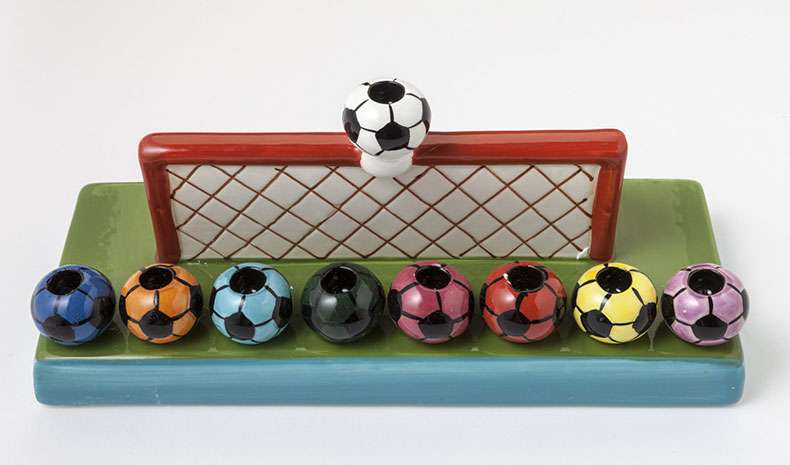
Football-themed Hanukkah lamp (2006), Israel Giftware Designs, Jerusalem. © Jewish Museum Munich
That story is, inevitably, one of two halves, with the Second World War providing the bleak interlude. Before the war, Jews played a prominent part in European football as players, coaches, administrators and patrons, not to mention supporters. After the war, with Europe’s Jewish population reduced by two thirds, the number of Jews involved in football shrunk. Yet in the same period, a sort of folk memory developed among supporters, centred on historical Jewish connections to professional teams. Ajax, Bayern Munich, Tottenham Hotspur and First Vienna FC, among others, became known as ‘Jewish’ clubs. Fans of rival clubs taunted them with anti-Semitic slurs. Their own supporters responded by embracing Jewish signifiers. It mattered little that only a minority of them were actually Jewish.
The text book case is First Vienna FC. The club originated among the gardeners of Nathaniel Mayer Baron von Rothschild, who, to stop his flowerbeds from being damaged during his employees’ evening kickabouts, provided his staff with a sum of money to acquire a football field away from his rose bushes. Those workers duly rented a plot of land near his estate at Hohe Warte and in 1894 founded First Vienna FC, adopting the Rothschild yellow-and-blue racing colours for their strip. Over the following decades, the club attracted a number of Jewish players and directors but was never explicitly identified as a Jewish club. Following the Anschluss in 1938, Nazi Aryanisation laws necessitated the removal of Jewish personnel from the club. Until the latter part of the 20th century, little was said of its Jewish connections. The gradual rediscovery of the history coincided with the belated acknowledgement of Austrians’ complicity in the Holocaust. It culminated in the assumption by First Vienna FC fans of the droll, if perhaps unintentionally ironic, nickname ‘Partizan Rothschild’. Supporters produced banners featuring the incongruous sight of Nathaniel Mayer Rothschild’s bowler-hatted head superimposed on a red star.
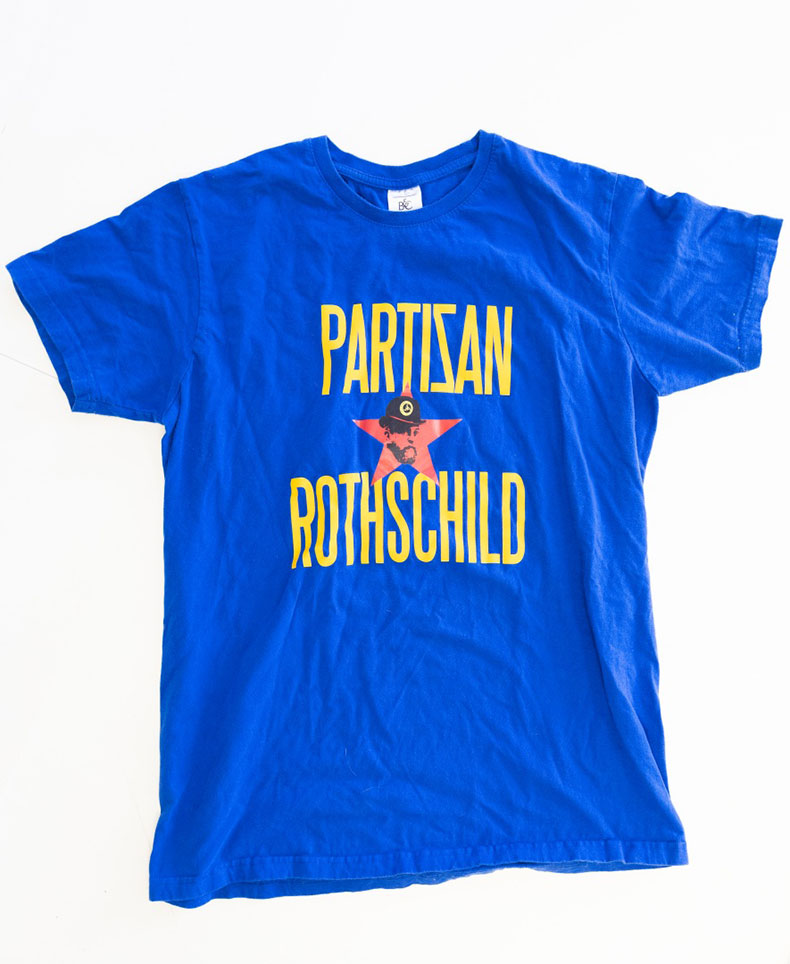
First Vienna FC ‘Partizan Rothschild’ t-shirt (2018). Photo: © JMW/Tobias de St Julien
First Vienna FC was not, as the exhibition documents, the only Viennese club with Jewish associations in the years before 1938. Two contrasting examples are provided by SC Hakoah, an exclusively Jewish club founded in 1909 by Zionist pioneers, and FK Austria Wien, a club with a large number of Jewish players, administrators and supporters, largely of a middle-class, assimilated kind. SC Hakoah became the first Austrian professional champions in 1925, testament to the size (around 10 per cent of the total) and vitality of the Jewish population in interwar Vienna. SC Hakoah’s badge and merchandise – the exhibition features a gold-plated cigarette case in the club colours – displayed the six-pointed Star of David, and the team toured Britain, Palestine and the United States. If SC Hakoah embraced the Zionist ideal of ‘muscular Judaism’, FK Austria Wien’s approach to its Jewish roots was much more circumspect. To deflect anti-Semitic taunts– ‘Give the Jews a good thrashing, it’s what they deserve’ was how an opposition coach pepped up his team ahead of a match – the club made no play of its Jewish origins.
In the cases of two of the other clubs featured here, Ajax and Tottenham Hotspur, cause and effect were reversed. Unlike the three Viennese teams, neither club has ever had more than a handful of Jewish players and directors. In both cases, however, their grounds have been adjacent to areas with large Jewish populations and the clubs have consequently attracted Jewish fans. For some opposing supporters, this made them ‘Jewish’ clubs and thus deserving of anti-Semitic baiting. From the 1970s, many Ajax and Tottenham supporters responded by styling themselves as Jews. Ajax fans adopted the nickname ‘Super Jews’, urged their side on with chants of ‘Jews! Jews!’, produced banners and scarves adorned with the flag of Israel and took to singing ‘Hava Nagila’ on the terraces. Among Tottenham supporters, ‘Yid Army’ became a nom de guerre and ‘Yids!’ the battle cry.
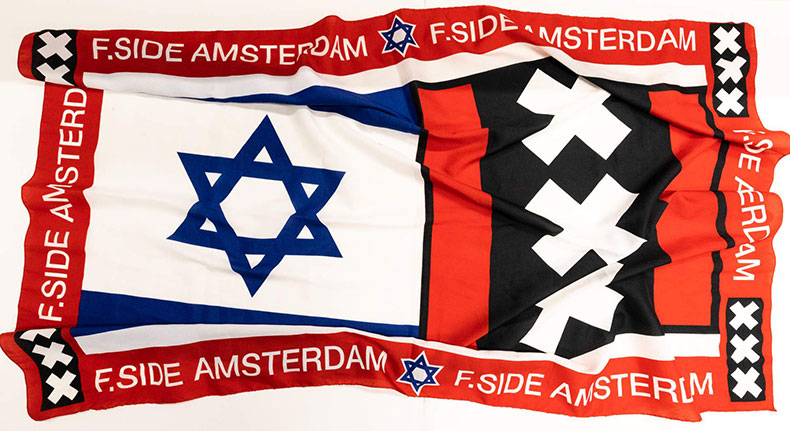
‘F-Side’ fence banner (21st century). Photo: © JMW/Tobias de St. Julien
The embrace of Jewish and, in an ironic way, anti-Semitic symbols and terms by predominately non-Jewish Ajax and Tottenham fans since the 1970s has attracted considerable criticism. One argument is that the use of Jewish emblems provokes and perpetuates anti-Semitism among opposition supporters. Another is that for non-Jews to adopt Jewish signifiers is a form of cultural appropriation. A third is that merely to utter a word such as ‘Yid’ is to descend into anti-Semitism.
The exhibition, however, presents a more ambiguous picture. A display of Tottenham fan paraphernalia suggests that trying to separate ‘acceptable’ or ‘authentic’ expressions of Jewish fandom from ‘offensive’ or ‘fake’ ones is a hopeless quest. A kippah embroidered with the club’s name and badge would surely only ever be worn by an actual Jewish supporter (the exhibition contains kippahs in the colours of other clubs too). But what about the scarves, banners and badges with the Star of David variously paired with the words ‘Tottenham Hotspur’, ‘Yid Army’? There are instances, too, of Tottenham fans simply flying the flag of Israel, the colours of which are conveniently close to those of the club. Whose job is it to decide which supporters can display such symbols? And who is going to carry out the task, with its honourable history, of checking their credentials?
The effort of the final club covered in this exhibition, Bayern Munich, to control the narrative when it comes to its Jewish connections offers a cautionary tale. In 2005, the publishers of a Bayern fanzine dedicated an issue to the forgotten figure of Kurt Landauer, a Jew who had served as club president for 16 years up to 1933. Following the Nazi takeover, Landauer was forced out of his job and interned in Dachau. He survived only by fleeing to Switzerland. Club executives seized on the rediscovery of Landauer’s association with Bayern as an opportunity for positive publicity. A plaque and a statue were erected in his memory. A section in the official museum was given over to the suffering Bayern Munich had endured as a ‘Jew club’ during the Nazi period and its efforts to shield Jewish employees from persecution.
The new club history did not stand up to scrutiny, however. A study published in 2022 by academics at the Ludwig Maximilian University of Munich revealed that the club, far from protecting Jews, had unilaterally excluded them from its ranks. Bayern Munich and the Nazis had not been opponents. They had been teammates.
‘Super Jews: Jewish Identity in the Football Stadium’ is at the Jewish Museum Vienna until 14 January 2024.
Unlimited access from just $16 every 3 months
Subscribe to get unlimited and exclusive access to the top art stories, interviews and exhibition reviews.

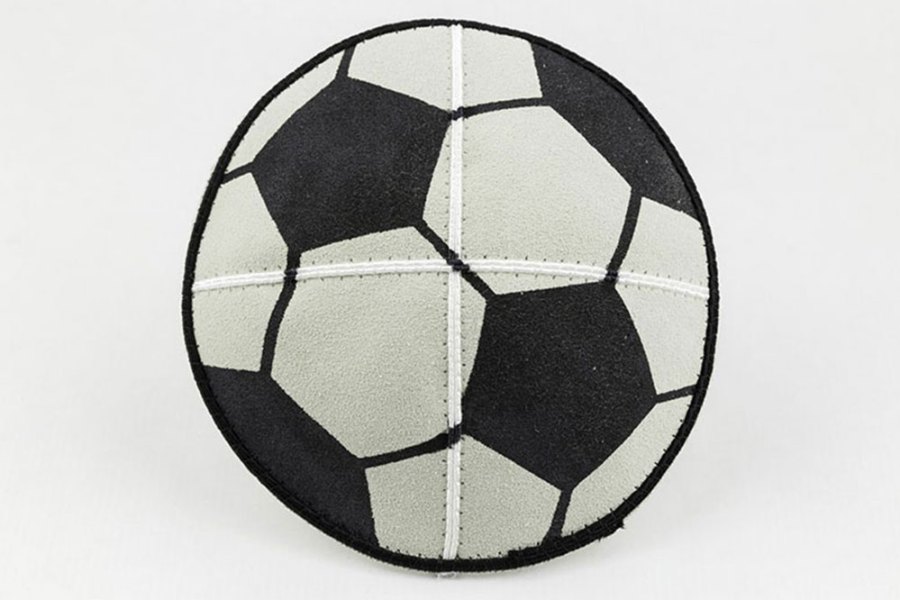
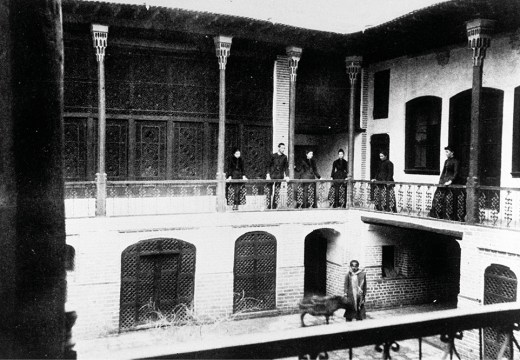
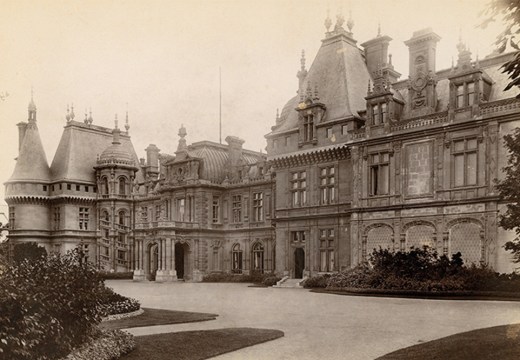
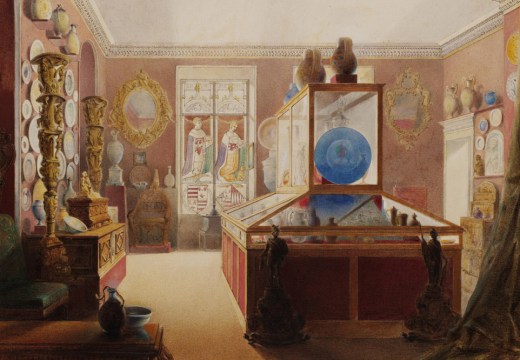

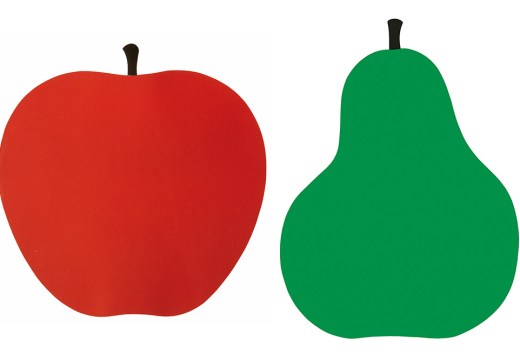
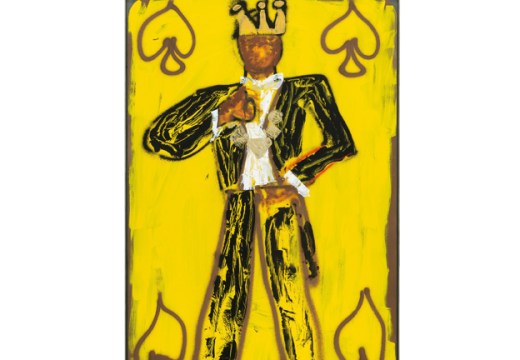






![Masterpiece [Re]discovery 2022. Photo: Ben Fisher Photography, courtesy of Masterpiece London](http://www.apollo-magazine.com/wp-content/uploads/2022/07/MPL2022_4263.jpg)
Has the Fitzwilliam lost the hang of things?